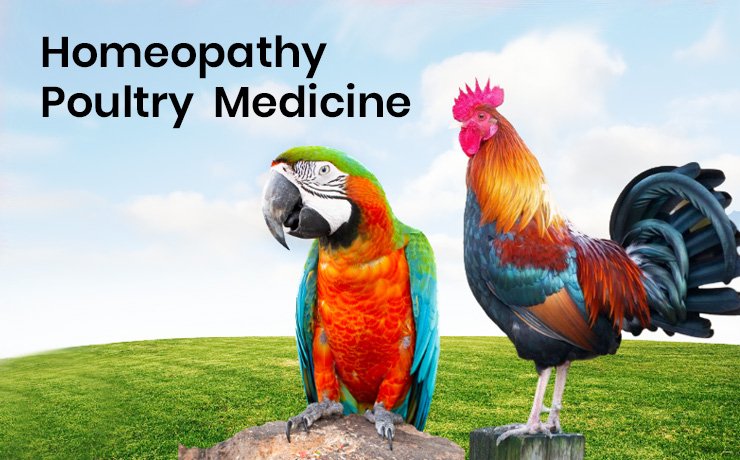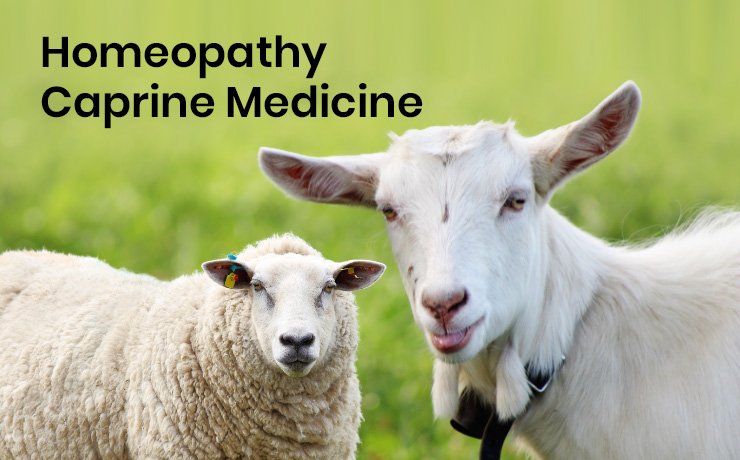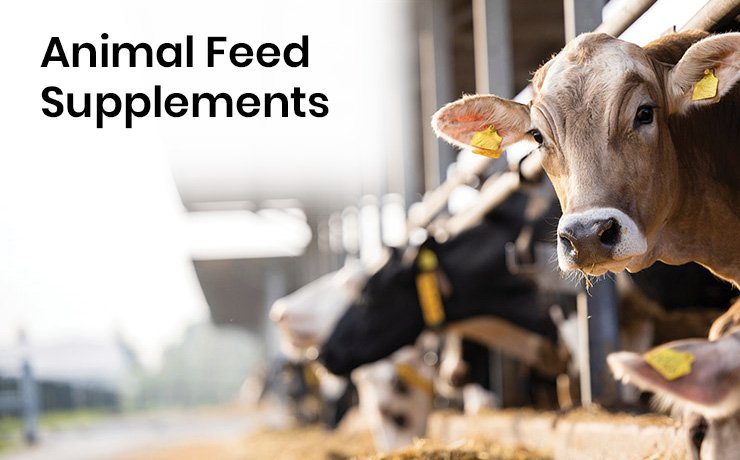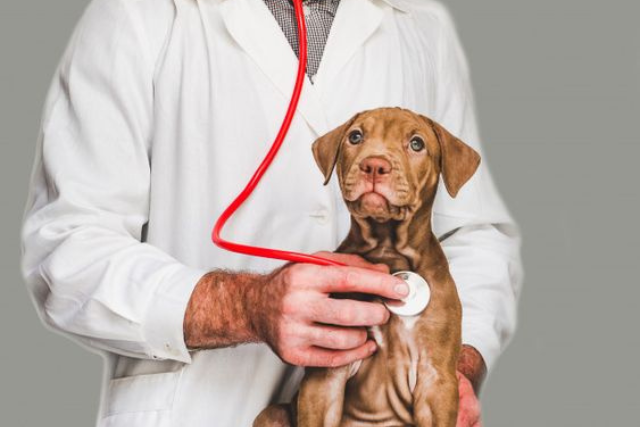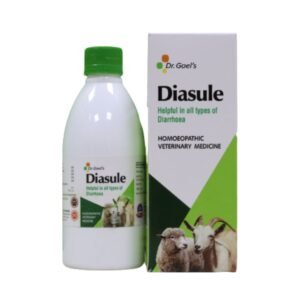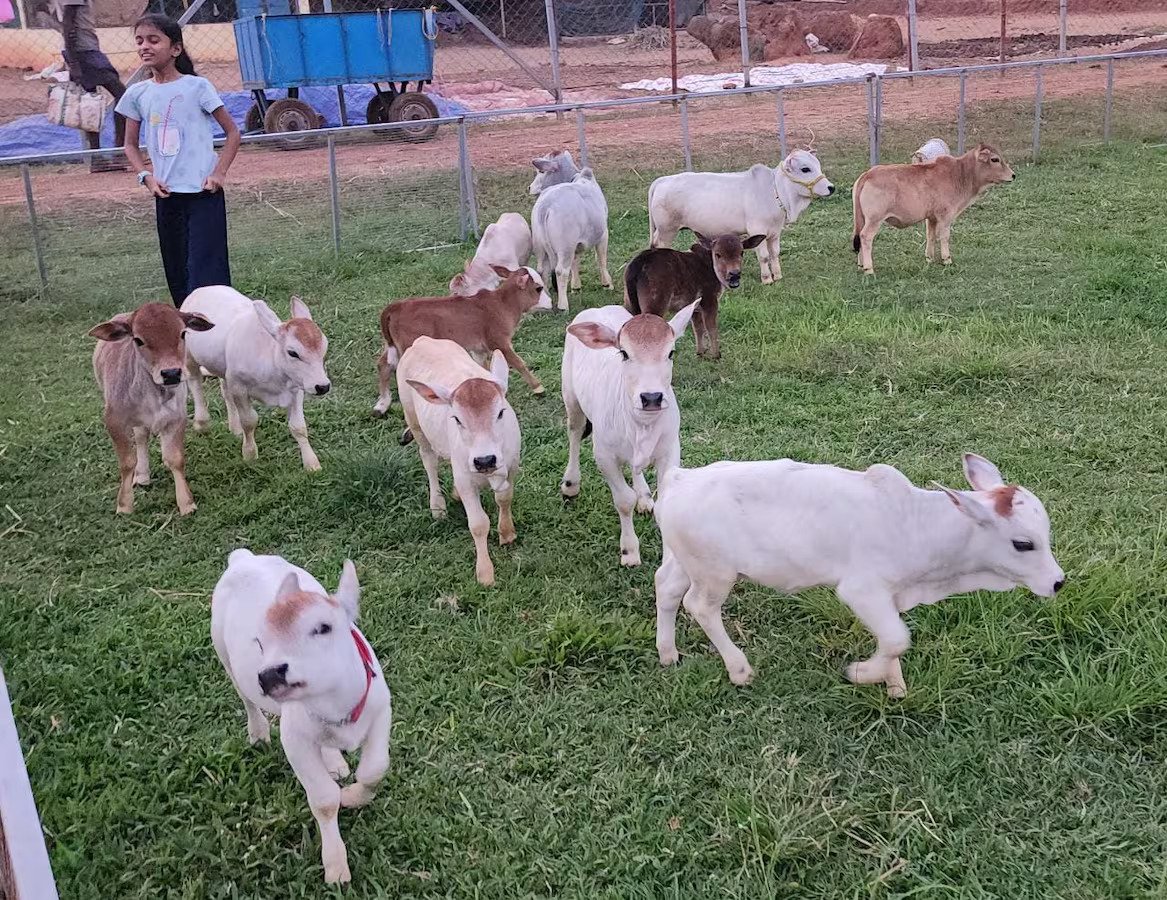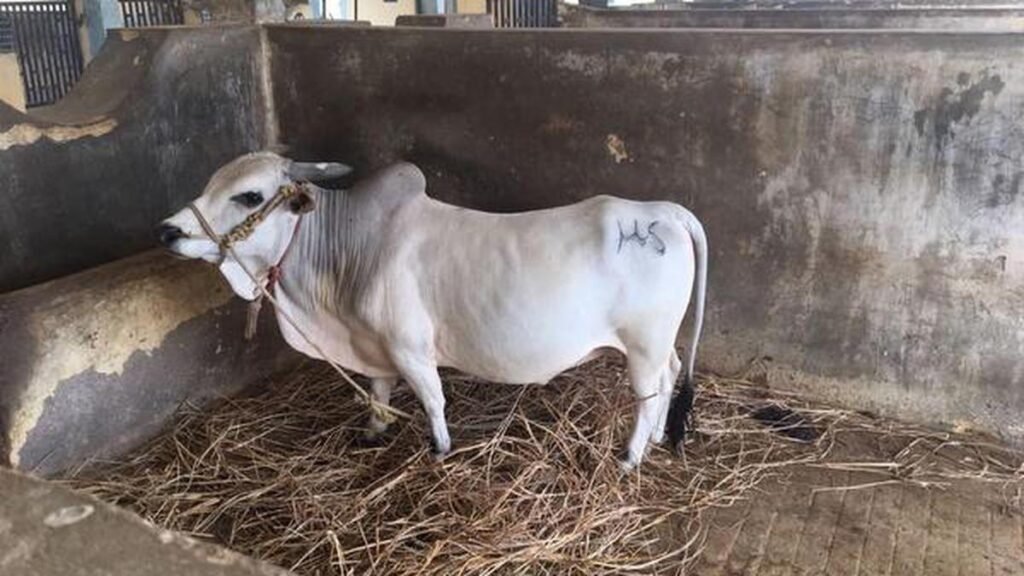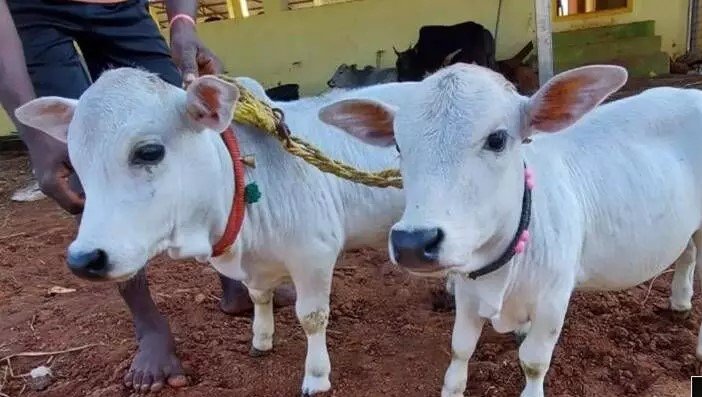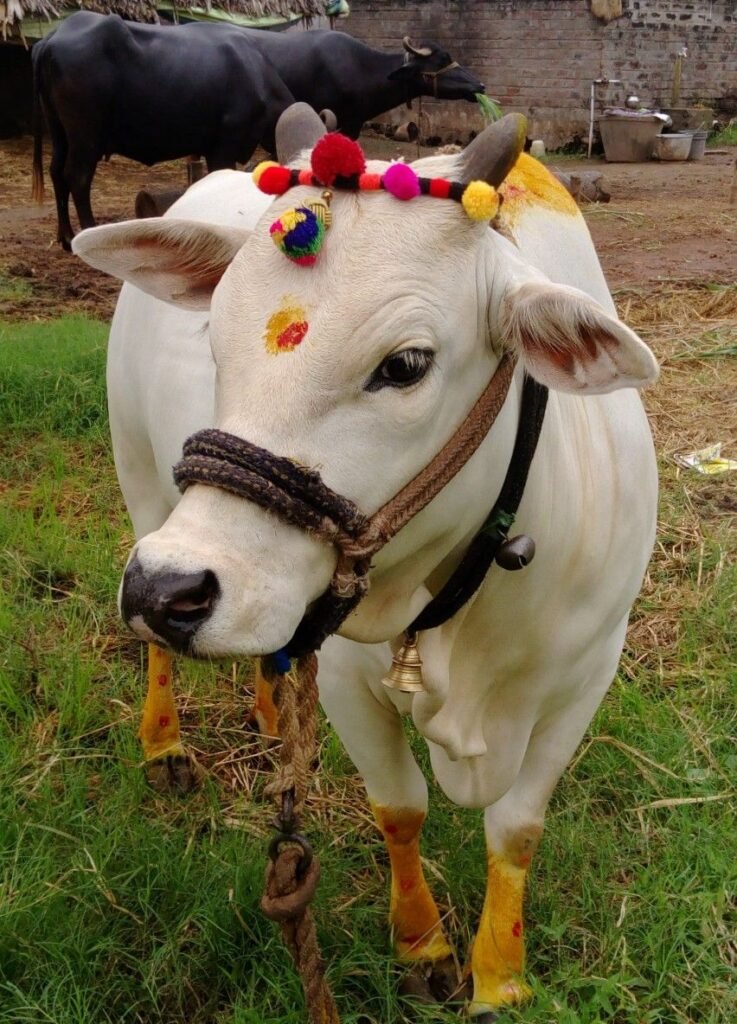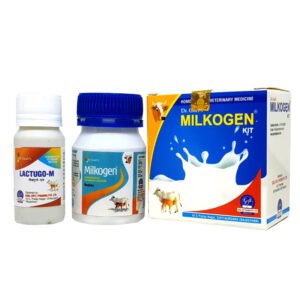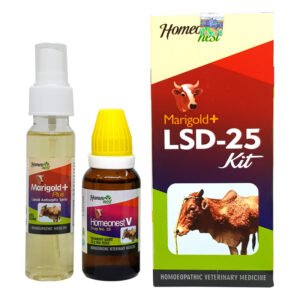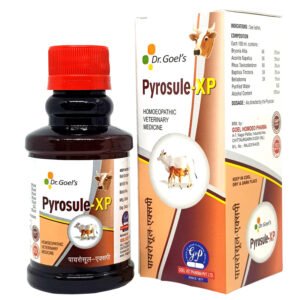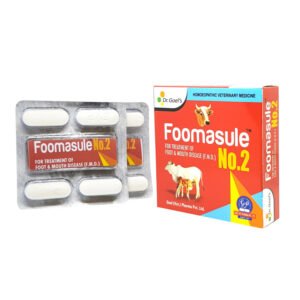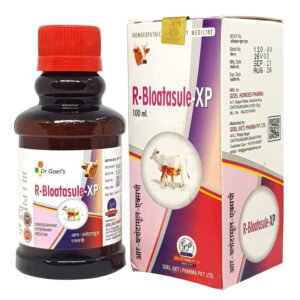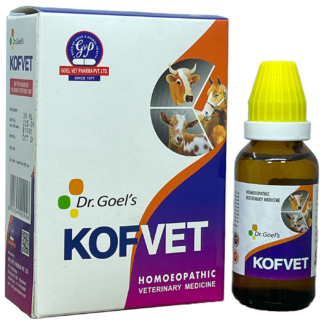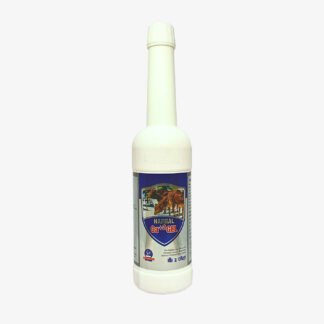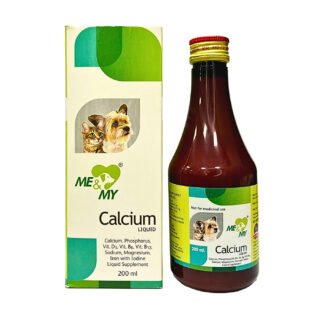Diarrhea in Sheep and Goats
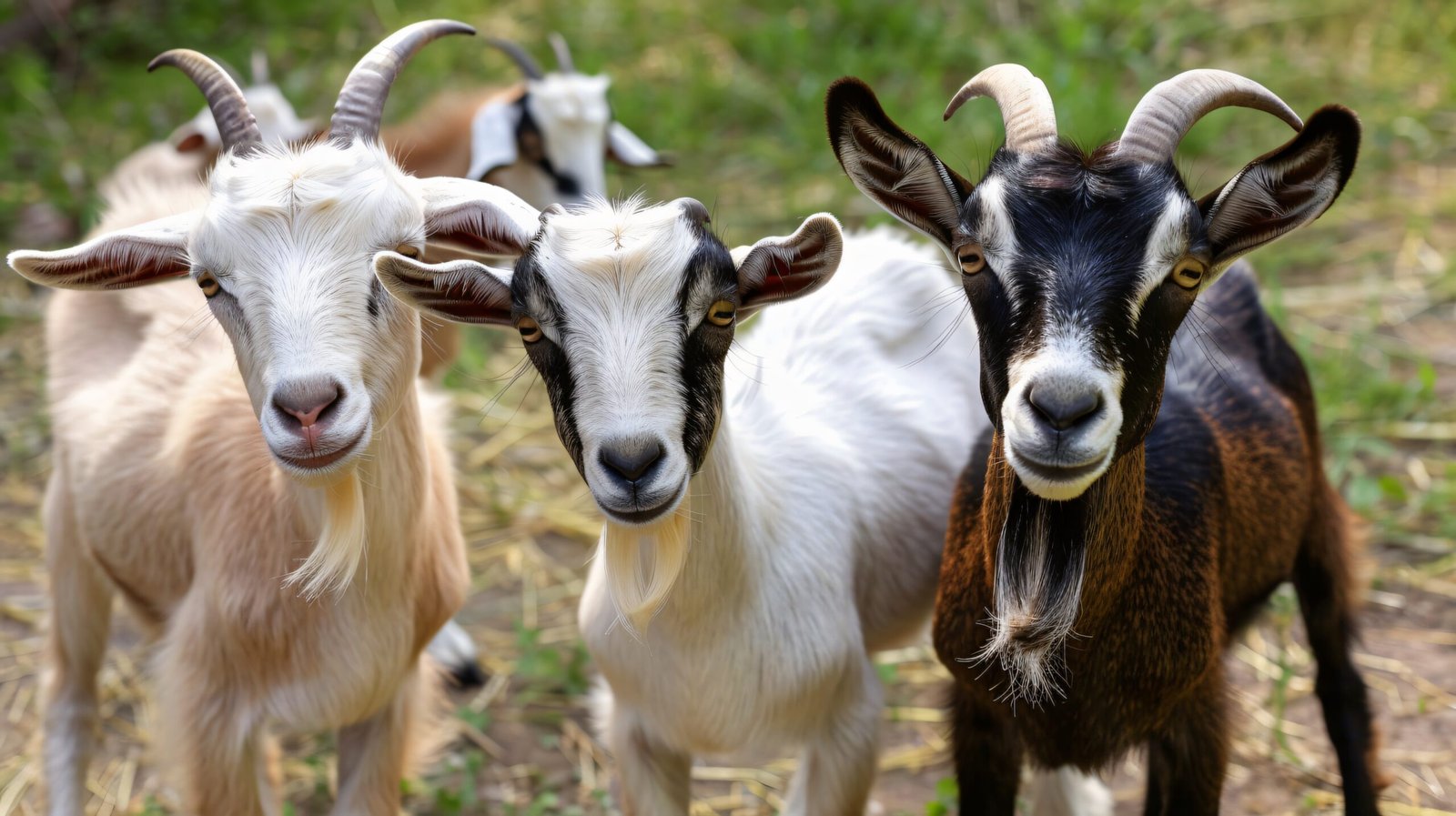
Diarrhea is a common health issue in both sheep and goats that can significantly affect their productivity, growth, and overall well-being. The causes of diarrhea can range from infectious agents and dietary issues to environmental stressors. Effective management requires a thorough understanding of these causes, early recognition of symptoms, appropriate treatment strategies, and robust preventive measures. This comprehensive guide will delve into the causes, diagnosis, treatment, and prevention of diarrhea in sheep and goats, aiming to provide livestock owners with the knowledge necessary to keep their animals healthy.
Causes of Diarrhea in Sheep and Goats
Diarrhea in sheep and goats can be attributed to various factors, broadly categorized into infectious agents, dietary issues, and environmental stressors.
Bacterial Infections
· E. coli is a prevalent pathogen in young lambs and kids, especially in unsanitary conditions. It leads to severe, watery diarrhea and can spread rapidly within a flock or herd. This bacteria is often associated with scours in neonates and can be life-threatening if not promptly treated.
· Salmonella infections cause enteritis and septicemia, characterized by bloody diarrhea, fever, and lethargy. They can be introduced through contaminated feed, water, or contact with wild birds and rodents. Salmonella can also be zoonotic, meaning it can spread from animals to humans, posing a significant risk to handlers.
· Clostridium perfringens Types C and D cause enterotoxemia, known as “overeating disease.” It is marked by sudden onset of diarrhea, abdominal pain, and rapid progression to severe illness or death. Type C primarily affects young animals, while Type D is more common in adults. The bacteria produce toxins that cause significant damage to the intestinal lining, leading to severe systemic effects.
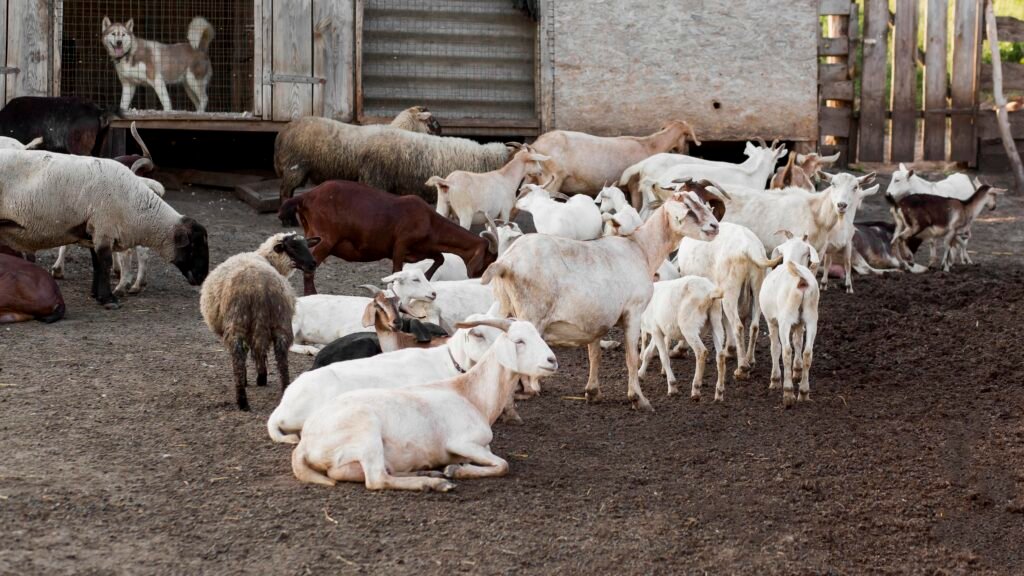
Viral Infections
· Rotavirus: This virus causes mild to severe watery diarrhea, primarily affecting young lambs and kids. It spreads easily in densely populated or unsanitary environments. Rotavirus can cause significant dehydration and electrolyte imbalances in affected animals.
· Coronavirus: Similar to rotavirus, coronavirus affects the intestines, leading to diarrhea, dehydration, and weight loss in young animals. Coronaviruses can be particularly challenging to manage due to their high infectivity and potential for causing outbreaks.
Parasitic Infections
· Coccidiosis: Caused by various species of Eimeria, coccidiosis results in diarrhea, often containing mucus or blood. It is prevalent in overcrowded or stressed animals. The lifecycle of Eimeria involves both asexual and sexual stages, leading to significant intestinal damage and nutrient malabsorption.
· Gastrointestinal Nematodes: Worms such as Haemonchuscontortus (barber pole worm), Trichostrongylus spp., and Teladorsagia spp. can cause diarrhea by damaging the intestinal lining, leading to malabsorption and nutrient deficiencies. Heavy infestations can result in severe anemia, hypoproteinemia, and even death.
Dietary Factors
· Sudden Dietary Changes: Rapid changes in diet can disrupt the digestive system, leading to diarrhea. Gradual changes are essential to allow the digestive system to adapt. Sudden introduction of high-energy feeds can overwhelm the digestive enzymes and microbial populations in the gut.
· Poor Quality Feed: Contaminated or moldy feed can introduce toxins and pathogens, causing gastrointestinal upset and diarrhea. Mycotoxins produced by molds can be particularly harmful and cause chronic health issues.
· Overfeeding Grain: Excessive grain intake can lead to enterotoxemia and diarrhea. Grain should be introduced gradually and in moderation. Overconsumption of grain results in rapid fermentation in the rumen, producing excessive acid and leading to acidosis.
Environmental Factors
· Stress: Stressful conditions such as transportation, overcrowding, extreme weather, and poor handling can precipitate diarrhea. Stress can compromise the immune system, making animals more susceptible to infections.
· Poor Sanitation: Unsanitary conditions can harbor pathogens that cause diarrhea. Maintaining clean living environments is crucial for preventing disease. Fecal contamination of feeding and watering areas can significantly increase the risk of infection.

Recognizing Symptoms of Diarrhea in Sheep and Goats
Early detection of diarrhea is vital to prevent severe dehydration and other complications. The symptoms of diarrhea can vary depending on the underlying cause but commonly include:
· Frequent, Loose Stools: The primary sign of diarrhea, often watery or containing mucus or blood. The consistency and color of the stools can provide clues to the underlying cause.
· Dehydration: Indicated by sunken eyes, dry mucous membranes, and skin tenting. Severe dehydration can lead to shock and organ failure.
· Weakness and Lethargy: Affected animals may appear weak, unsteady, or less active. They may separate themselves from the rest of the flock or herd.
· Weight Loss: Chronic diarrhea can lead to significant weight loss and poor body condition. Nutrient malabsorption and increased metabolic demands contribute to weight loss.
· Depression: Affected animals often appear depressed, with drooping ears and a general lack of interest in their surroundings. They may exhibit a hunched posture due to abdominal discomfort.
· Loss of Appetite: Reduced feed intake is common in animals experiencing gastrointestinal upset. Prolonged anorexia can exacerbate weight loss and weaken the immune system.
Diagnosing Diarrhea in Sheep and Goats
Accurate diagnosis is essential for effective treatment. Diagnosis involves a combination of clinical examination, laboratory testing, and sometimes necropsy.
Clinical Examination
· History: A detailed history includes recent changes in diet, housing conditions, and any new additions to the flock or herd. Understanding the context can help identify potential stressors or sources of infection.
· PhysicalExamination: Assess the severity of diarrhea, dehydration status, body condition, and overall health. A thorough examination can help identify additional signs of systemic illness.
Laboratory Testing
· Fecal Examination: Microscopic examination of fecal samples can identify parasites, bacteria, and protozoa. Fecal flotation and sedimentation techniques are commonly used.
· Culture and Sensitivity: Bacterial cultures from fecal samples help identify specific pathogens and determine appropriate antibiotics. Sensitivity testing ensures effective antimicrobial therapy.
· Blood Tests: Blood work can reveal dehydration, electrolyte imbalances, and other systemic effects of diarrhea. Complete blood counts (CBC) and serum biochemistry profiles are useful diagnostic tools.
· PCR Testing: Polymerase chain reaction (PCR) tests can detect viral DNA or RNA in fecal samples. PCR is a highly sensitive and specific method for identifying viral pathogens.
· Necropsy: In cases of sudden death or severe outbreaks, a necropsy can provide valuable insights into the cause of diarrhea and help prevent further losses in the flock or herd. Necropsy findings can reveal characteristic lesions associated with specific pathogens or toxic agents.
Treatment of Diarrhea in Sheep and Goats
Treatment depends on the underlying cause and severity of diarrhea. Immediate and supportive care is crucial to prevent dehydration and further complications.
Rehydration
· Oral Rehydration Solutions (ORS): For mild to moderate cases, ORS containing electrolytes and glucose can be administered. ORS helps restore fluid balance and provide essential nutrients.
· Intravenous Fluids: Severe dehydration may require intravenous fluid therapy administered by a veterinarian. Intravenous fluids can rapidly correct fluid deficits and restore circulatory volume.
Antimicrobial Therapy
· Antibiotics: Prescribed based on culture and sensitivity results, antibiotics can treat bacterial infections. It is important to use antibiotics judiciously to prevent resistance.
· Antiparasitic Treatments: Anthelmintics, such as fenbendazole, ivermectin, and levamisole, are used to treat parasitic infections. Rotating anthelmintics and monitoring fecal egg counts help manage resistance.
Supportive Care
· Probiotics: Probiotics can help restore the natural gut flora and improve digestion. They can be particularly beneficial after antibiotic treatment.
· Anti-inflammatory Drugs: Non-steroidal anti-inflammatory drugs (NSAIDs) can reduce inflammation and discomfort. Care must be taken to avoid gastrointestinal irritation with prolonged use.
Dietary Management
· Fasting: In severe cases, short-term fasting (12-24 hours) can rest the gastrointestinal tract. Gradual refeeding should follow to prevent further stress on the digestive system.
· Gradual Reintroduction of Feed: Slowly reintroduce a bland diet before transitioning back to normal feed. High-fiber diets can help stabilize the digestive system.
Environmental Management
· Sanitation: Improve hygiene by regularly cleaning and disinfecting feeding and watering areas. Reducing environmental contamination is key to preventing reinfection.
· Reduce Stress: Minimize stressors, such as overcrowding, rough handling, and sudden changes in environment or diet. Stress management can significantly improve overall health and reduce disease incidence.
Prevention of Diarrhea in Sheep and Goats
Preventive measures are essential to maintain flock and herd health and minimize the risk of diarrhea outbreaks. A proactive approach includes biosecurity, vaccination, parasite control, nutritional management, and environmental management.
Biosecurity
· Quarantine New Arrivals: Isolate new animals for at least two weeks to monitor for signs of illness. Quarantine helps prevent the introduction of new pathogens into the flock or herd.
· Limit Visitor Access: Restrict access to the flock or herd by visitors who may inadvertently bring in infectious agents. Visitors should follow biosecurity protocols, including wearing clean clothing and disinfecting footwear.
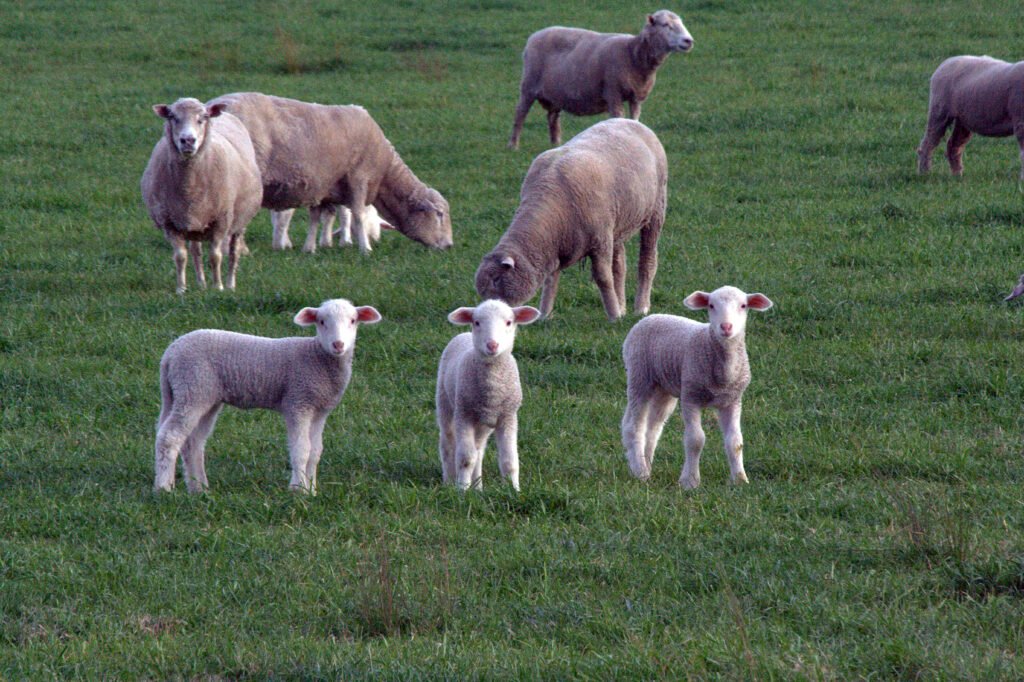
Vaccination
·
Vaccination Programs: Implement vaccination programs for common diseases, such as
clostridial infections. Vaccination helps build immunity and reduce the risk of
severe outbreaks.
Parasite Control
· Regular Deworming: Schedule regular deworming based on fecal egg counts and veterinary
recommendations. Strategic deworming helps control parasite loads and prevent
resistance.
· Pasture Management: Rotate pastures to reduce the parasite burden and avoid
overgrazing. Resting pastures can help break the lifecycle of parasites and
reduce environmental contamination.
Nutritional Management
· Balanced Diet: Provide a balanced diet that meets the nutritional needs of the
flock or herd. Proper nutrition supports immune function and overall health.
· Avoid Sudden Dietary
Changes: Introduce dietary changes gradually to
prevent digestive upset. Consistency in diet helps maintain a stable gut
environment.
· Monitor Feed Quality: Ensure that feed is fresh, clean, and free of contaminants.
Regularly inspect feed storage areas to prevent spoilage and contamination.
Environmental Management
· Clean Water Supply: Provide clean, fresh water at all times. Water sources should be
regularly inspected and cleaned to prevent contamination.
· Good Hygiene Practices: Maintain clean living conditions by regularly cleaning and
disinfecting barns, pens, and feeding areas. Effective waste management helps
reduce the risk of infection.
· Ventilation: Ensure good ventilation in housing areas to reduce humidity and
prevent the buildup of pathogens. Proper airflow helps maintain a healthy
environment for the animals.
Long-term Management Strategies
Effective long-term management of diarrhea
in sheep and goats involves continuous monitoring, adaptation of preventive
measures, and regular health assessments.
Health Monitoring
· Regular Check-ups: Schedule regular veterinary check-ups to monitor the health status
of the flock or herd. Early detection of health issues allows for prompt
intervention.
· Fecal Egg Counts: Conduct routine fecal egg counts to monitor parasite loads and
adjust deworming protocols accordingly. Fecal egg counts provide valuable
information for managing parasite resistance.
Record Keeping
· Health Records: Maintain detailed health records for each animal, including
vaccinations, deworming, and any episodes of illness. Accurate records help
track health trends and identify patterns.
· Feeding Records: Keep records of dietary changes and feed quality assessments.
Monitoring feed intake and quality helps identify potential dietary causes of
diarrhea.
Education and Training
· Staff Training: Educate farm staff on the signs of diarrhea, proper handling
techniques, and biosecurity measures. Well-trained staff are essential for
maintaining herd health.
· Continuing Education: Stay informed about the latest research and advancements in sheep
and goat health management. Attending workshops and conferences can provide
valuable knowledge and networking opportunities.
Collaboration with Veterinarians
· Veterinary Partnership: Develop a strong working relationship with a veterinarian
experienced in small ruminant health. Regular veterinary consultations can help
optimize health management practices.
· Emergency Preparedness: Have an emergency plan in place for dealing with severe outbreaks
of diarrhea or other health crises. Quick and coordinated responses can
mitigate the impact of disease outbreaks.
DIASULE for Sheep & Goat – 500ML
<!– [if gte vml 1]>
<![endif]–>HOMEOPATHIC VETERINARY MEDICINE
DIASULE for Sheep and Goats is the best Homeopathic Veterinary Medicine for Sheep and goats that protects animals from infectious diarrhea. DIASULE for Sheep and Goats is the best combination of different homeopathic medicines which has proven effective in different types of diarrhea in large animals.
This Homeopathic Veterinary Medicine specially formulated for Sheep & Goat is the safest and side-effect-free medication that stresses the Efficacy and Quality of the product. Some facts about the homeopathic drugs used in this formula are:
ARSENICUM ALBUM 200: Frequent diarrhea, with violent tearing cutting pains in the intestines. Constant diarrhea. Diarrhea is copious, involuntary, and painless.
Violent watery diarrhea. Odorless stools, similar to diarrhea after ingestion.
CHINA 200:Dark, greenish, scybalous stools. Biliary colic. Diarrhoea comes on gradually, stools more and more watery, pale pinkish, with rapid emaciation. Diarrhea: particularly after meals. Mucous discharge from rectum. Tingling in the anus, and discharge of pinworms.
CHAMOMILLA 200: Greenish, slimy discharges, greenish water. Copious stool; scanty stool with dysenteric straining. Watery diarrhea. Mucous diarrhea. Green watery stool, feces, and mucus. “Yellowish brown stool.” Much itching and rawness about the parts. Anus swollen appearance and redness.
MERC SOL 200: Diarrhea. caused by the fresh air of evening. Evacuations that are
mucous, bilious, or putrid or acid or of a greenish or brownish color, or
reddish, or yellow, like sulfur or a greyish white. Discharges of blood, or of
mucus. Prolapsus recti. Evacuation of substances undigested.
SULPHUR 200: A sudden attack of diarrhea, during the heat of Summer. Diarrhea. Painless, early in the morning. Violent diarrhea every night. Chronic diarrhea; stools watery, greenish, like chopped eggs, painless of a very offensive, putrid odor. Abdomen distended and hard in places. Rumbling in abdomen. Great emaciation. Dysenteric stools at night, with colic and violent tenesmus.
DOSAGE
2 ml. three times a day or as directed by
the Doctor depending on the severity of the conditio.
 Australian Shepherd
Australian Shepherd Beagle
Beagle Belgium Shepherd
Belgium Shepherd Bernese Mountain Dog
Bernese Mountain Dog Border Collie
Border Collie Boxer
Boxer Bulldog
Bulldog Cavalier King Charles Spaniel
Cavalier King Charles Spaniel Chihuahua
Chihuahua Cocker Spaniel
Cocker Spaniel Dachshund
Dachshund Doberman Pinscher
Doberman Pinscher Dogo Argentino
Dogo Argentino French Bulldog
French Bulldog German Shepherd
German Shepherd Golden Retriever
Golden Retriever Great Dane
Great Dane Himalayan Shepherd
Himalayan Shepherd Indie Dogs
Indie Dogs Labrador Retriever
Labrador Retriever Pakistani Bully
Pakistani Bully Pembroke Welsh Corgi
Pembroke Welsh Corgi Pitbull
Pitbull Pomeranian
Pomeranian Poodle
Poodle Pug
Pug Rottweiler
Rottweiler Shih Tzu
Shih Tzu Siberian Husky
Siberian Husky Yorkshire Terrier
Yorkshire Terrier Abyssinian
Abyssinian American Bobtail
American Bobtail American Shorthair
American Shorthair Balinese Cat
Balinese Cat Bengal Cat
Bengal Cat Birman
Birman Bombay Cat
Bombay Cat British Longhair
British Longhair British Shorthair
British Shorthair Burmese Cat
Burmese Cat Devon Rex
Devon Rex Exotic Shorthair
Exotic Shorthair Himalayan Cat
Himalayan Cat Maine Coon
Maine Coon Oriental Shorthair
Oriental Shorthair Persian Cats
Persian Cats Ragdoll
Ragdoll Scottish Fold
Scottish Fold Siamese Cat
Siamese Cat Siberian Cat
Siberian Cat Sphynx Cat
Sphynx Cat





















